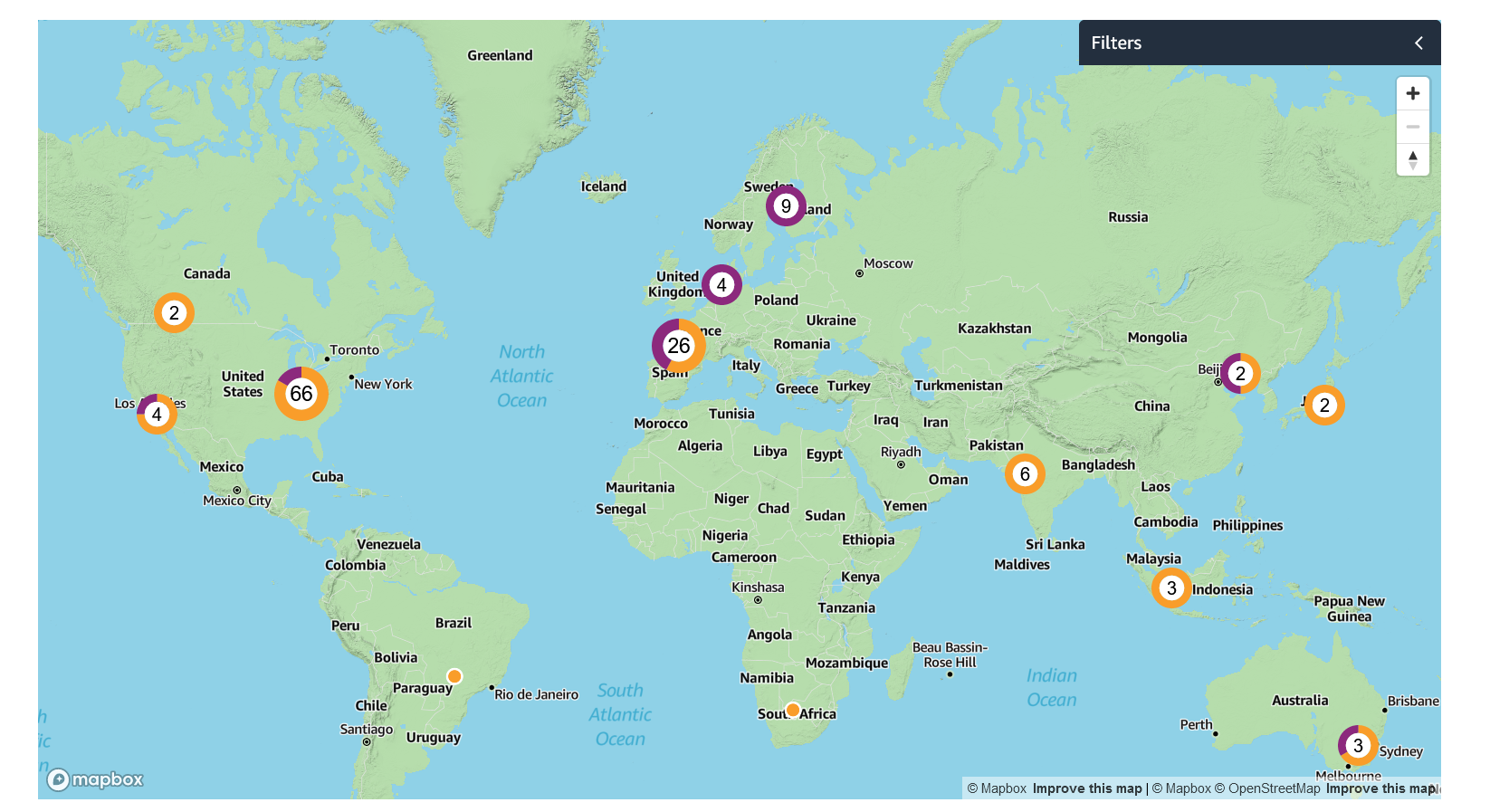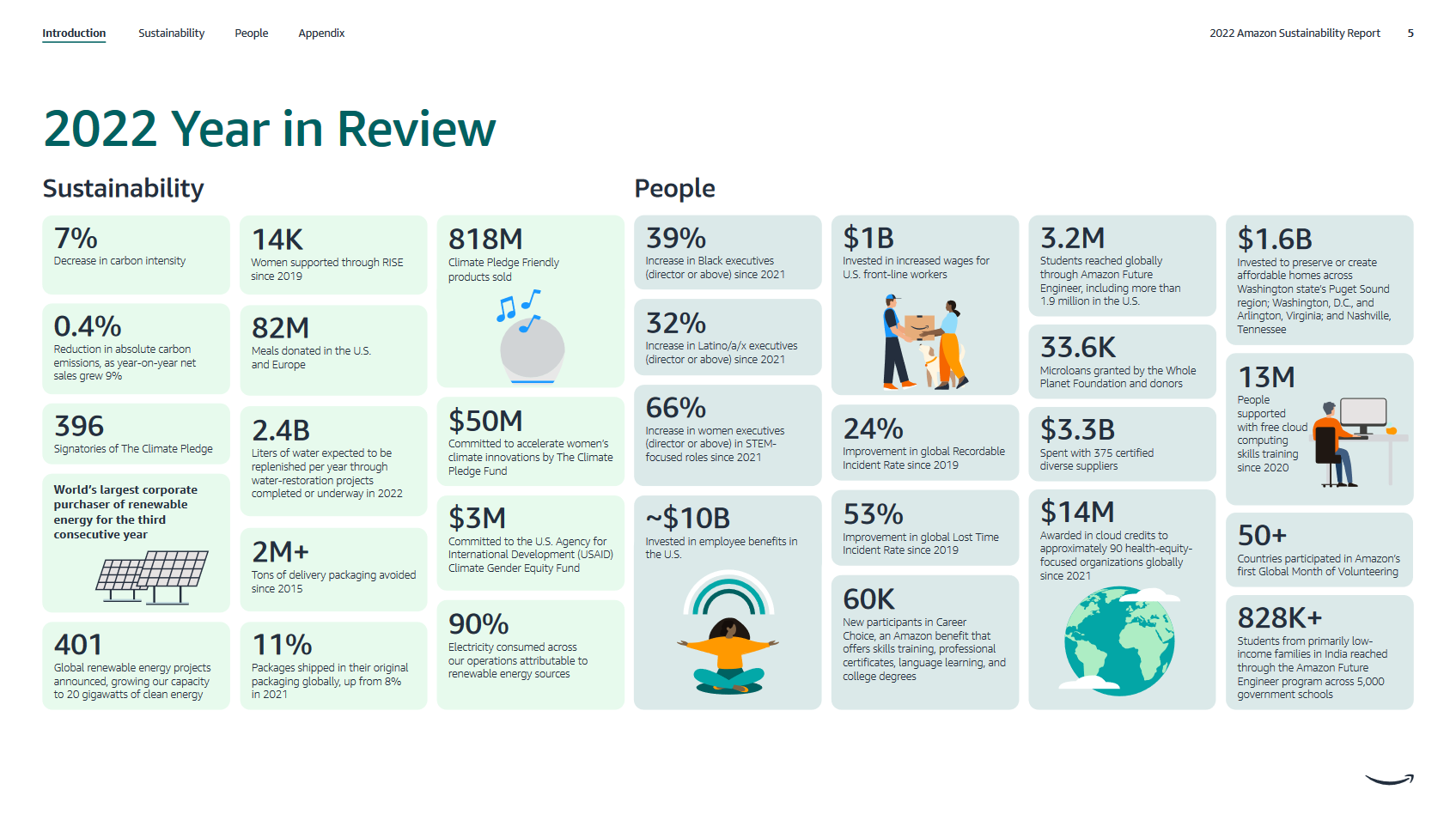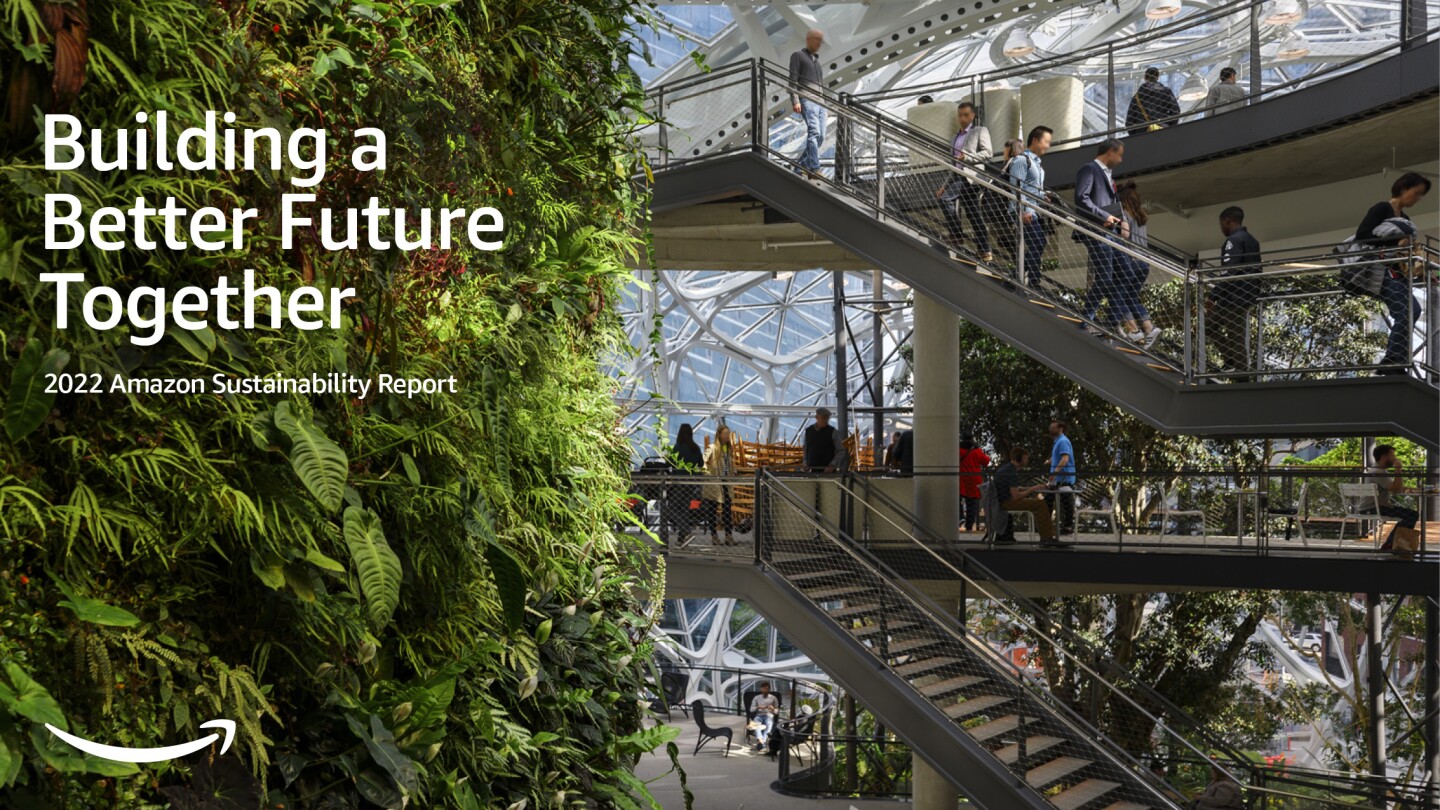What are the greenest regions in the AWS?
How do you consider a Cloud region green region? What is a carbon footprint and how to measure it on AWS? What are the greenest regions to run your workloads on AWS? These, and a couple of more questions we answer in this article.
A couple of days ago, I wondered what are the greenest regions on the Cloud. Then, I got an idea and try to find out if there is going to be an easy way to see this. First I thought, I will go and have a look into AWS. See what information is available there. This article is the result of this quest.
In future articles I plan to concentrate on two other main cloud providers - Azure, and GCP. If you find this list is incomplete, let me know, so I can have a look into others as well.
In this article, I'll answer the above question - what are the greenest regions in the AWS? We will dig a bit deeper in the information AWS has available. We will look for some insights where you can find useful sustainability-related stuff.
What do I mean by green region?
The green region would be the region that is powered by renewable energy - wind, solar, geothermal... Below is the official definition of Renewable energy from the US Environment Protection Agency.
Renewable energy includes resources that rely on fuel sources that restore themselves over short periods of time and do not diminish. Such fuel sources include the sun, wind, moving water, organic plant and waste material (eligible biomass), and the earth’s heat (geothermal).
What is the carbon footprint?
To answer this, here is a quote from Britannica.
The carbon footprint, amount of carbon dioxide (CO2) emissions associated with all the activities of a person or other entity (e.g., building, corporation, country, etc.). It includes direct emissions, such as those that result from fossil-fuel combustion in manufacturing, heating, and transportation, as well as emissions required to produce the electricity associated with goods and services consumed. In addition, the carbon footprint concept also often includes the emissions of other greenhouse gases, such as methane, nitrous oxide, or chlorofluorocarbons (CFCs).
In short - it is your or any other entity's carbon emissions. And, it's not as easy to measure it.
How to measure carbon footprint on AWS?
AWS has a tool which helps you with the carbon emissions generated from AWS usage. It presents the data in MTCO2e - metric ton of CO2 equivalent.
If you need a reminder on what CO2 equivalent is, check out my previous article.
On the link below, you can have a look at the Carbon Footprint tool from AWS.

This is neat! But, is it working? I wasn't able to confirm that on my account(s). Even though I had some machines running for more than a few weeks, my carbon footprint was still zero. I'm curious to see if this is working for you, or you also receive the same numbers?
There might be a reason behind the value being zero. Spoiler alert - all my workloads were running in Europe. Is it region-related?
What are the greenest regions?
Well, I thought it was going to be a hard thing to find out, and actually it wasn't. It was quite easy, which bummed me a bit, to be honest. I was looking forward to checking things out and trying to calculate the numbers.
But, the information about the greenest regions is available on the page below.

Below, you'll see a map from that page, with the number of solar and wind farms owned by Amazon. The numbers are quite amazing! I was quite surprised about the amount of data being available.

Based on that information, the greenest regions in 2022 are the following:
- U.S. East (Northern Virginia)
- GovCloud (U.S. East)
- U.S. East (Ohio)
- U.S. West (Oregon)
- GovCloud (U.S. West)
- U.S. West (Northern California)
- Canada (Central)
- Europe (Ireland)
- Europe (Frankfurt)
- Europe (London)
- Europe (Milan)
- Europe (Paris)
- Europe (Stockholm)
- Europe (Spain)
- Europe (Zurich)
- Asia-Pacific (Mumbai)
- Asia-Pacific (Hyderabad)
- China (Beijing)
- China (Ningxia)
This is awesome. Nineteen of the AWS regions are 100% powered by renewables.
Extra reports
The reporting on the consumed energy is quite good as well. Based on my limited knowledge and more than a couple of hours of research. Now, to the specific reports.
The Renewable Energy Methodology report. It summarizes a plan to reach net-zero carbon by 2040. Some of the commitments from the report:
- Powering the whole operations from renewables by 2025.
- Produce enough renewable energy to match the electricity used by all active Echo devices.
This report also mentions the strategies to achieving those commitments. How they measure the amount of renewable energy, and so on. It is a 3-pages-long report, and available to the public.
Next one is the Carbon Methodology report. This paper summarizes what goes in the Amazon's carbon footprint. It is a bit longer - 7-pages read, also available to public.
Last, but not least, there is the Sustainability Report from 2022. This is a complete report of all things related to sustainability that Amazon is doing. It shows the numbers for carbon emissions, renewable energy, packaging emissions, water, diversity, equity, and inclusion, training, community impact.
Below is a screenshot of an Amazon's 2022 Year in Review.

You can find all these sustainability-relevant reports on the page below.

How can we use this?
Well, for starters, we can check in which region(s) we run our AWS workloads. If possible, consider migrating to the green ones mentioned above. One small step for us, but kind of impactful for the Planet.
Consult the Carbon Footprint tool and see what is the amount of MTCO2e your workloads emit. It's not working for me, but then again, I may be doing something wrong?
Check out the Sustainability Pillar of AWS Well-Architected Framework. It contains the design principles, operational guidance, best-practices, potential trade-offs, and improvement plans. We can use all that to meet sustainability targets for our AWS workloads. Prerequisite for this - have sustainability targets in the first place!
Another thing we can do, and this applies to all the Cloud providers, is to check for Cloud Zombies. All those things we don't use on the Cloud but costs us money, energy, time... Check out the link below to find out how to do this.

Let me know if the information shared above is helpful or if I missed something. Write down in the comments below your take on this.
In following weeks, I'll do the same coverage for Azure and Google Cloud providers. See you in the next article!





